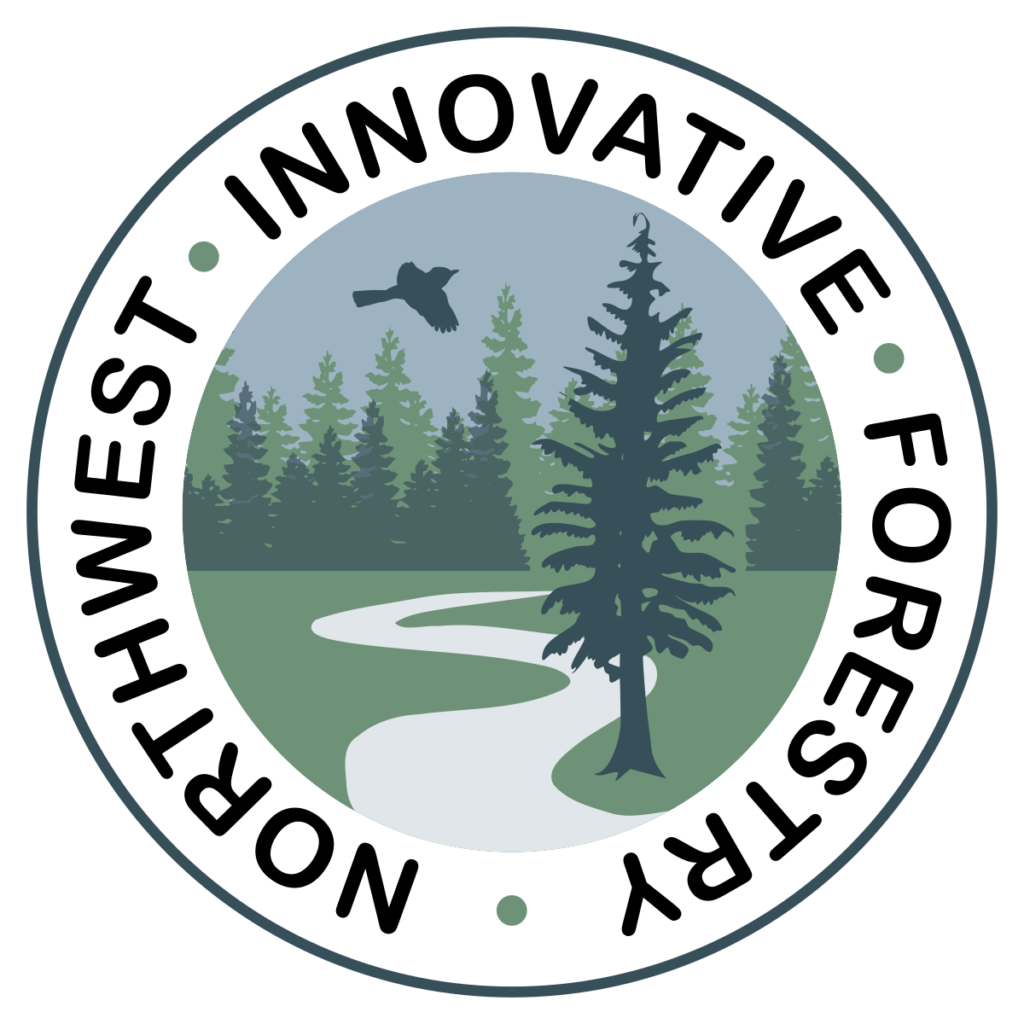A view from the Summit – reflections on the Northwest Innovative Forestry Summit
 Written by Colleen Robinson
Written by Colleen Robinson
The Northwest Innovative Forestry Summit was the first in a hopeful recurring series, highlighting the needs, barriers, implementation, and ideas for “innovative forestry” in the Pacific Northwest Region of the United States. A collaboration among the Forest Stewards Guild, the Intertribal Forestry Council, the Northwest Natural Resource Group, Oregon State University, and the University of Washington hosted this virtual event to connect people in a variety of forestry sectors. The Guild, with help from others, is now maintaining an ongoing, online network for those connections to continue.
More than 180 people registered for the Summit. Students, faculty, government staff, consulting foresters, forest product industry and certification professionals, landowners, aligned philanthropists, and staff from policy and other non-governmental organizations were present. The event participants spanned the forestry career life cycle from those just starting out to those retired from decades in the forestry field. This offered a rare opportunity for Summit presenters to reach a broad audience and for participants to connect during and after the event on varied perspectives, leading to rich brainstorms.
Five of the nine Summit presenters are Tribal members and they offered a much-needed and often missing perspective to forest management. Summit participants said that viewing their work from the lens of “What can we do for our forests?” vs “What can the forests do for us?” and seeing how work is implemented from that perspective was one of the most valuable parts of the event.
 On the online network, which was reserved for paid Summit registrants but is now open more broadly in the region, members are encouraged to ask each other questions, share resources, and pitch ideas for further learning and gathering related to ecological and innovative forestry in the region. We want to facilitate connections, provide a community where people can bounce ideas around, improve their practices, solve problems, and pilot new ideas with support from other knowledgeable and aligned community members. Guild staff offer prompts on the network weekly, to encourage conversation and engagement. Already we’ve seen interest among members in helping to host an event from a woman’s perspective in forestry and a desire for more guided conversations around reciprocity and how to make a partnership with our forests be in the forefront of all of our work, including how we talk about what we do.
On the online network, which was reserved for paid Summit registrants but is now open more broadly in the region, members are encouraged to ask each other questions, share resources, and pitch ideas for further learning and gathering related to ecological and innovative forestry in the region. We want to facilitate connections, provide a community where people can bounce ideas around, improve their practices, solve problems, and pilot new ideas with support from other knowledgeable and aligned community members. Guild staff offer prompts on the network weekly, to encourage conversation and engagement. Already we’ve seen interest among members in helping to host an event from a woman’s perspective in forestry and a desire for more guided conversations around reciprocity and how to make a partnership with our forests be in the forefront of all of our work, including how we talk about what we do.
Another Summit will follow in the future, hopefully in person or as a hybrid event. In the meantime, thank you to all who helped this event happen, for those who attended, and for all of you who continue to engage in the online network. Together, we can build off the successes that Summit participants shared in the event evaluation and create opportunities for desired future experiences. Some of each are shared below.
 Participants shared what was applicable to their work from the Summit
Participants shared what was applicable to their work from the Summit
“Integrated approaches to meeting a variety of needs (water, air, carbon, economics, social needs, fire resiliency) is key to evolving the private forestry sector in a positive direction. The cultural framework shown by Native presenters and their technical expertise in managing for multiple values and reintroducing fire to dry forests is critical knowledge.”
“The use of prescribed fire to achieve a variety of land management goals rather than solely to decrease the chance of catastrophic fire or for oak habitat.”
“Getting connected with other like-minded professionals, professional development.”
Summit attendees said they’d like to see the following moving forward, among other comments…and we can create this collectively in the online network!
“Maintain the network so people can share stories or ask questions to the group.”
“Workshop opportunities in addition to breakout groups.”
‘”Programs on how to replicate successful projects, insights into overcoming barriers.”
“How could direct public funding push things along faster – especially on carbon sequestration?”
If you’d like to view recordings from the Summit:
